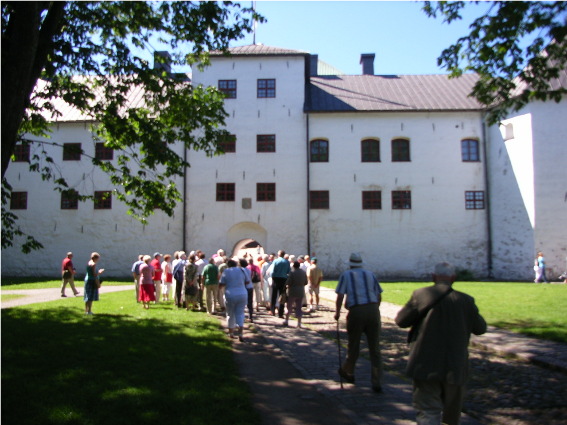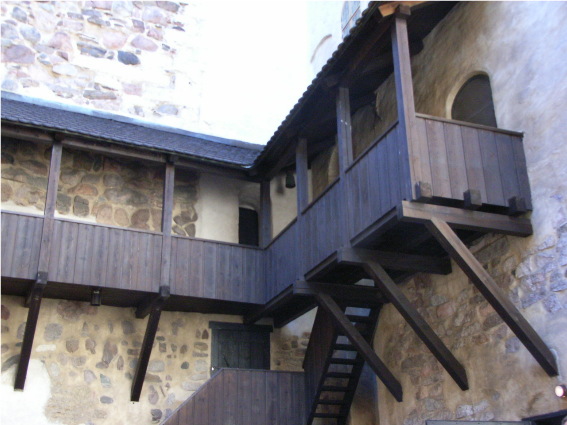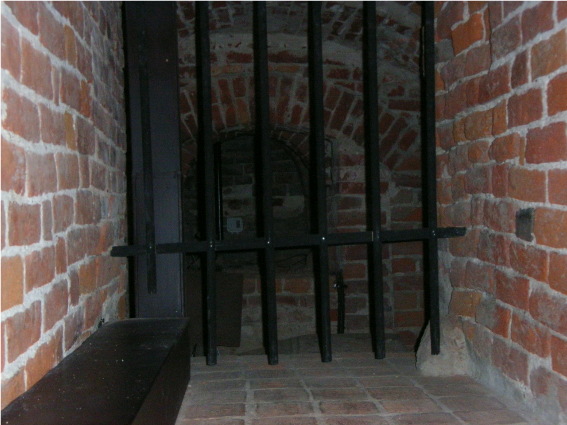In the 12th century Christian missionaries embarked on a concerted effort to convert Finland to Christianity, in some cases by the means of force. In 1172 the Pope fearful that the Finns might renounce Christianity urged Sweden to maintain a presence in the country by permanently manning fortresses, a policy which ultimately led to the construction of Turku Castle.
Build at the location of a trading site at the mouth of the River Aura Turku Castle has had a number of incarnations during its history. It was first constructed during the period 1280 – 1310 as a rectangular fortified camp with four gates along the design of a Roman fort. Apart from a fortification it also served as the administrative centre for Eastland the name by which Finland was known as at that time. At that time it was on an island surrounded by a moat. Over the next 200 years its defences were strengthened and living quarters were added.
At the beginning of the 14th century, three of its gates were walled shut and it was converted into a closed keep. By the beginning of the 15th century, it had both a keep and a bailey. The keep, which had over forty rooms, contained the 'Royal Suite' situated at the furthest end of the north wing; this consisted of a vaulted hall and an inner chamber. The king resided in Stockholm most of the time, but often visited Turku Castle. When the first king of the Vasa dynasty lived in Finland for eleven months in 1555-1556, the entire kingdom of Sweden was ruled from his hall in Turku Castle which can be seen with its magnificent timber ceiling.
The main part of the castle was extended considerably during the 16th century under Gustav Vasa who had ascended to the Swedish throne and appointed his son John as the Finnish administrator. It was he who reinforced the bailey and added the round tower at the southeast corner of the bailey. Since then no major new development of the castle took place until the construction of its present form which occurred from 1961 to 1977. The various stages of the castle construction are depicted as models in the Turku History Museum located in the outer castle.
The castle was subject to nine sieges before the end of the 16th century, mainly due to internal strife within the kingdom; although this included when Turku was destroyed by the Russians in 1318. Its use mainly for administration ceased in 17th century. In 1614 the wooden main castle was destroyed by fire during a visit of King Gustov II (1594 - 1632) which resulted in the main castle being abandoned and the bailey functioned as an administrative centre.
After the period of Greater Wrath (which the Russian occupation from 1713 to 1721 is known as) it housed the provincial government and from the 18th century to the end of 19th century it was to assume the role of a prison. Although during the period of 1573–1579, the deposed Swedish queen Karin Månsdotter was kept prisoner here.
At the outbreak of the Russian - Finnish war in 1808 the castle was used by the Russian navy until it was handed over to the Finnish authorities after the country had been granted autonomous status as a Grand Duchy within the Russian empire following the war. In March 1809 the Finnish Diet (a form of parliament) accepted Tsar Alexander as their ruler and in 1812 the capital of Finland was moved from Turku to Helsinki.
The renovation of the castle began before the Second World War but was interrupted by Finland's two wars with the Soviet Union and the damaged suffered from fire in 1941 when hit by an incendiary bomb. The work was completed and handed over completely restored on 12 October 1993.
The Castle is owned and maintained by the Finnish state as part of the Turku provincial museum which is one of Finland's most visited museums containing exhibition showing the history of Turku Castle from the late 13th century to present day. The interiors of the bailey, decorated in the styles of the various periods, present the history and culture of Turku Castle and Finland. It also contains banquet rooms, a church for the local congregation and restaurants in both the main castle and the bailey.


 To see more photographs and take a virtual tour of the site click on the photoshow below.
To see more photographs and take a virtual tour of the site click on the photoshow below.
